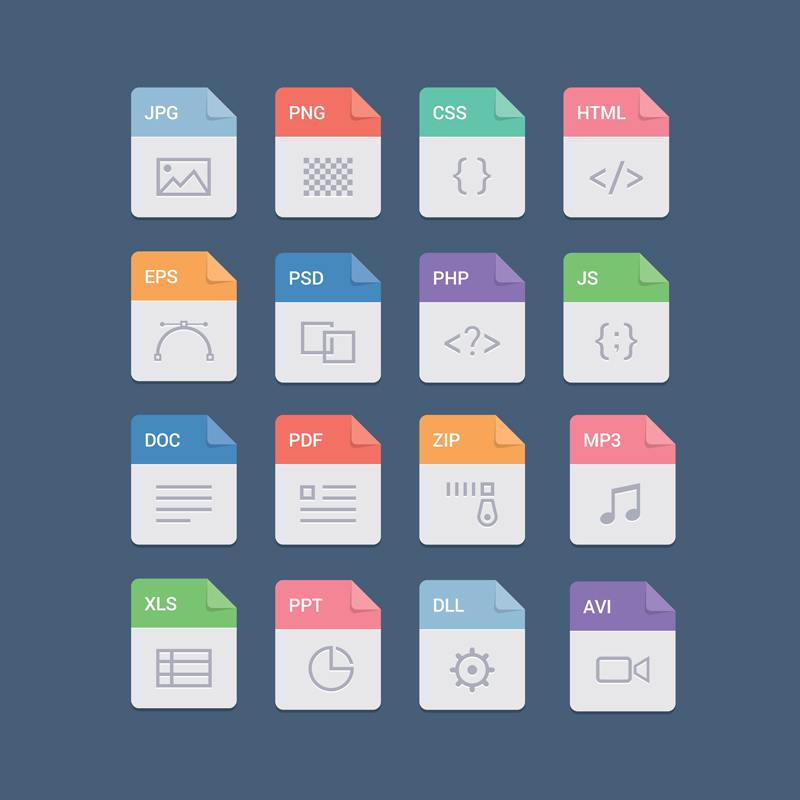File Formats for Scanning Documents
Copy machine repair in Las Vegas may be more important now than ever. Copiers aren’t just used to make physical duplicates. They’re also used to email documents and create digital copies of documents for other purposes. Many scanner users wonder if they should be choosing a particular file format rather than sticking with the default.
Personal Document Format
Most experts agree that when in doubt use PDF. It is a universal format that is highly versatile. Converting to PDF is fast and convenient, and if you ever need to do anything with your digital document beyond its current state, PDF arguably provides you the most options. Not surprisingly, many scanners and copiers do default to PDF, but many still default to PNG or even TIFF. If your default is not PDF and you can set that value, then you should consider that change.
Web Developers and Graphic Designers
Perhaps the best way to evaluate the alternatives to PDF is to consider the groups of people who may be using those documents now and in the future. Designers generally scan for the Web or other presentations. TIFF, which we mentioned earlier, is a decent option when the images are black and white. If the images are color, then JPG is the superior file format.
Content Creators and Financial Professionals
What these groups have in common is that they reuse the files they create often. If documents need to be edited or stored in a document management system, then PDF remains an excellent choice. However, formats like OOXML and XPS can be even better choices depending on the scenario.
Marketing and Sales Professionals
For these groups, documents need to be screen-readable, platform-agnostic, encryptable and trackable. PDF is once again an excellent default choice. However, XPS often delivers a higher level of sophistication and is natively supported by platforms common to sales and marketing.
